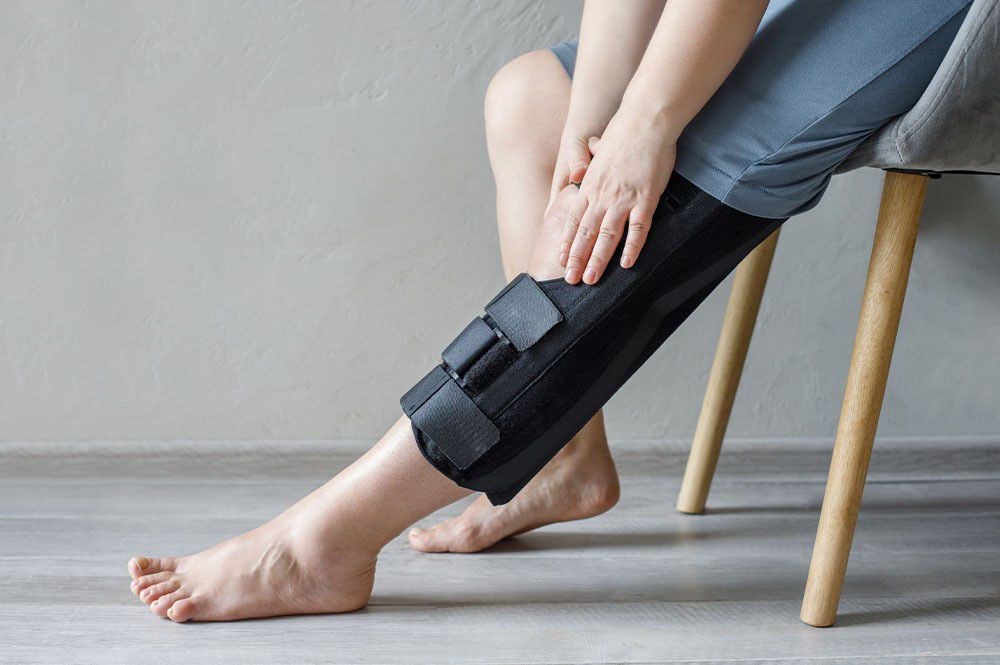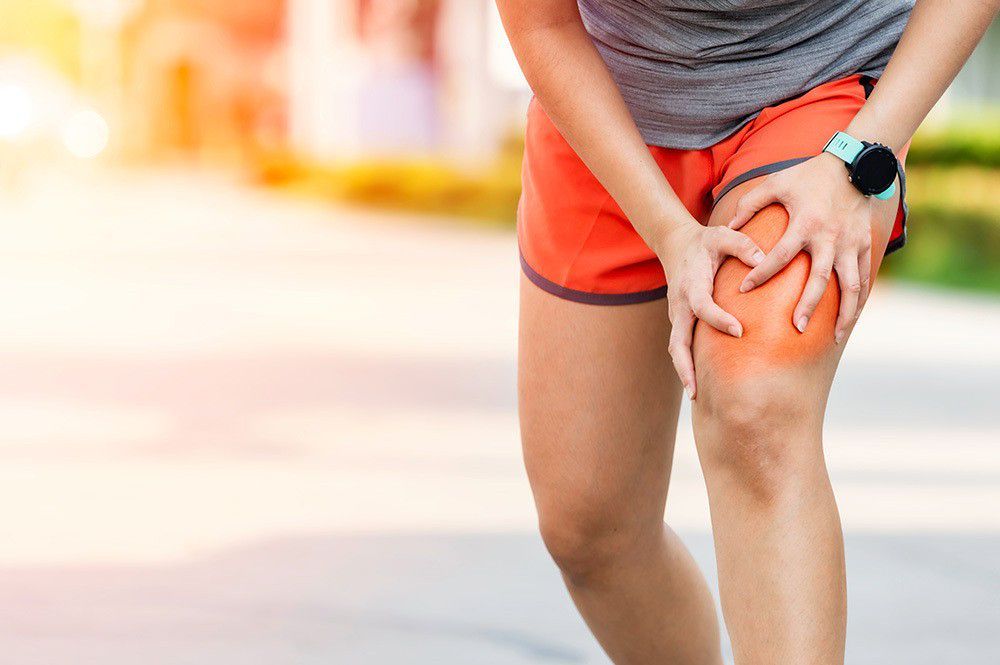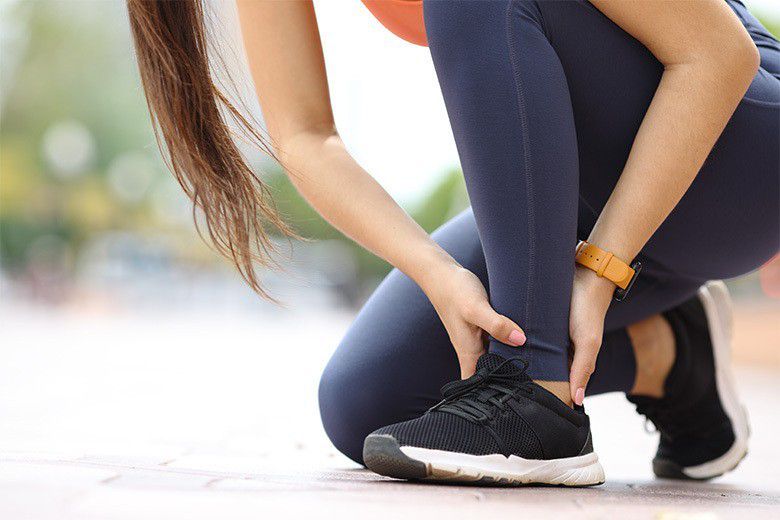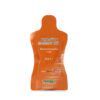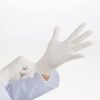Lumbago: what is it and how is it treated?
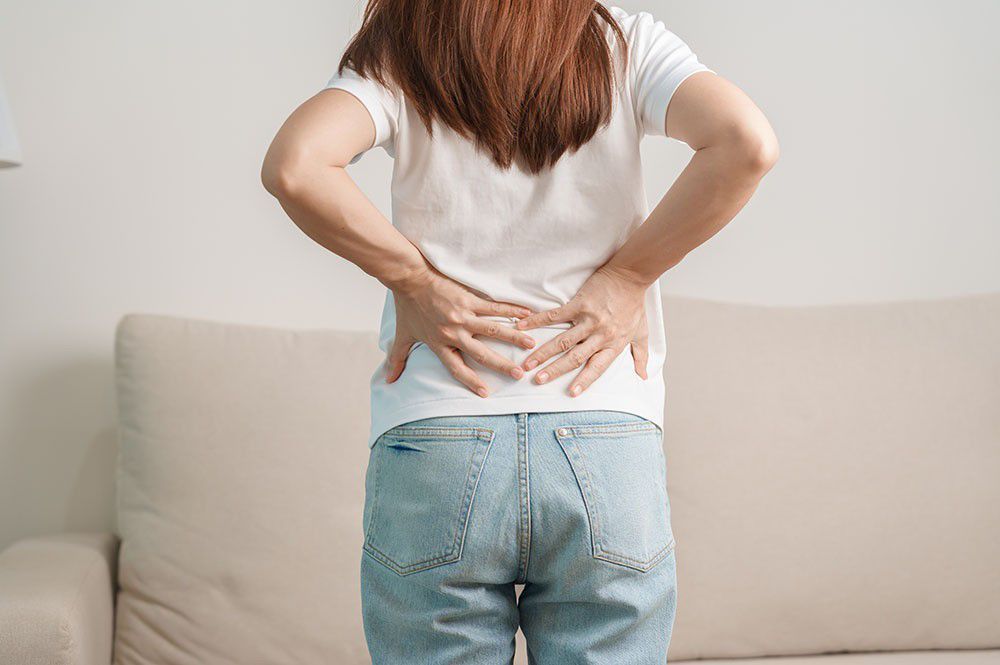
- 1
- 2
- 3
- 4
- 5
- 6
- 7
Lumbago: causes
More than 90% of people with low back pain suffer from so-called nonspecific pain, that is, pain for which no clear cause can be identified. This may be due, among other things, to the fact that the lower back is subjected to significant stress when walking in an upright position, but also to our modern lifestyle, in which we spend a lot of time sitting.
Most lower back pain, for example, in the vertebrae, is caused by shortened muscles and fascia, such as the hip flexor muscles. The hip flexors (iliopsoas muscles) are responsible for hip mobility and, thus, walking motion.
If the person sits a lot and moves little, these muscles stiffen. The consequences are poor blood circulation and painful tightness in the muscles. This type of situation is usually referred to as nonspecific low back pain.
Common triggers for low back pain include:
- Overload;
- Lack of exercise;
- Overweight.
In addition to the triggers mentioned above, the following diseases can be added as long-term consequences or primary causes of low back pain:
- Sacroiliac joint blockage (sacroiliac joint blockage)
- Herniated disc (prolapse) or protrusion
- Fibromyalgia
- Rheumatic diseases (e.g., Bechterew’s disease)
- Inflammation of the vertebrae (spondylitis), also in combination with inflammation of the intervertebral disc (spondylodiscitis)
- Fractures of the vertebral body (e.g., due to osteoporosis)
- Formation of spaces between vertebrae (spondylolysis) and also “sliding” vertebrae (spondylolisthesis)
- Joint wear (arthrosis of the lumbar spine or spondyloarthropathy)
- Facet syndrome
- Spinal canal narrowing (spinal canal stenosis)
- Misalignments of the spine (e.g., scoliosis)
- Psychological triggering and/or amplifying factors of low back pain.
Special consideration should also be given to psychological aspects that can trigger or aggravate low back pain. Persistent stress, sleep problems, anxiety disorders, and depression are often responsible for poor posture and the resulting significant muscle tension.
The painful sensation may occur more acutely in certain situations where people are under psychological stress. This creates an interactive cycle in which psychological factors and pain influence each other. In cases of nonspecific low back pain that does not respond to conventional therapies, the possibility of psychosomatic diseases, i.e., disorders triggered, aggravated, or persisted by psychological factors, should also be considered.
Lumbago: symptoms
The symptoms of low back pain may be limited to the lumbar region or extend to the pelvis, abdomen, and legs. In addition to pain in the lumbar spine, sensory disturbances may occur as the disease progresses. Impaired mobility in the lumbar spine can often be diagnosed by trained personnel before low back pain occurs.
- Pulling, pressing, or stabbing pain in the lower back.
- Pain radiating to the hips, pelvis, buttocks, and legs.
- Increased pain in the lumbar spine when sneezing or coughing.
- Sensory discomfort (tingling and burning, numbness, leg paralysis).
- Pain during intense exertion or sports.
- Permanent feeling of tension in the muscles of the back (even when lying on the back).
- Constant sensation of blockage in the lower lumbar region (sacroiliac joint).
- Limited mobility (bending forward is painful).
Specifically, the painful areas in the lower back can be:
- central,
- diffuse,
- right and/or
- left.
It usually indicates muscle tension in this region. Still, in some cases there may also be unilateral or central blockages, nerve irritation, inflammation, organic disease, or other problems in the lumbar spine.
Lumbago: special cases
Other circumstances can provide us with valuable indications of the presence of this condition. Monitoring our bodies closely and paying attention during daily activities could be crucial in recognizing any signs related to our lumbar condition. Let’s go and find out some of them.
- Lower back pain when coughing: coughing does not only involve the anterior muscles of the chest. While coughing, the vast muscle of the back, also known as the cough muscle, is simultaneously activated. A persistent cough results in an overload of these muscles, which can cause muscle pain and painful tension in the lumbar region.
- Low back pain during inhalation: low back pain during inhalation can be caused by muscle stiffness. People who normally breathe too shallowly may experience tension in the thoracic vertebrae and diaphragm, which may also affect the lower back. Shortness of breath may occur, especially if the diaphragm is very tense and not very mobile. Low back pain during inhalation may also be a side effect of a flu-like infection.
- Difficulty breathing and pain in the upper or lower back could occur due to a fall involving bruising or rib fractures. A radiography should confirm this diagnosis.
- Lumbago when lying down: supine or lateral back pain may occur if the back muscles do not relax appropriately in that position.
Lumbago: what to do?
Acute, subacute, and chronic pain not only impairs our overall well-being but also instinctively causes us to assume a protective posture. This posture, in turn, increases muscle tension, generating even more intense pain in the lower back.
To avoid this vicious cycle of pain and minimize related damage, such as wear and tear or injury to spinal nerves, it is essential to promptly manage severe lower back pain, sensory disturbances such as tingling and numbness in the legs, and restricted movement.
Medical intervention and treatment by trained physical therapists are essential.
In addition, low back pain-related symptoms resulting from muscle tension can be prevented and relieved by home remedies, exercise, and other measures. The following actions are helpful to relax muscles and address complaints in a sustainable, multi-level way:
- Decrease tension through movement
Avoid an unnatural protective posture and continue moving in a way that is compatible with your pain levels.Careful stretching of contracted muscles has a relaxing effect. - Decrease tension with heat
Heat treatment can also relieve tension because heat promotes blood circulation, relieves muscle tension, and thus can have a pain-relieving effect.
Various methods can be used to produce heat to relax contracted back muscles: from simple hot water bottles or pillows with pieces of wood inside them to more comprehensive and complex physiotherapy equipment (such as hyperthermia or Tecar therapy). Special heat patches, which can be worn under clothes at any time, are available in pharmacies. - Decrease tension with manual treatments
Professional physiotherapy treatment reduces low back pain and, in many cases, also finds its original cause. - Relieve tension by reducing physical and psychogenic stress
Eliminate physical but also psychogenic stressors; in 70% of cases, mental stress accumulates at the level of the spine, more so at the cervical-dorsal level but also the lumbar level. When mental tension decreases, the muscles can also “let go.”
Lumbago: physiotherapy treatment
In cases of low back pain, it is essential to decrease movement and strain on the affected muscles.
In a small percentage of people and problems, it is helpful to cool the part with cryotherapy. Still, in most cases, it is more beneficial (90%) to warm it by any physical or physiotherapeutic means.
The physical therapist can use any manual or electromedical techniques:
- decontracting massage therapy and/or lymphatic drainage;
- manual therapy techniques,
- stretching or PNF techniques,
- diathermy,
- hyperthermia,
- ultrasound therapy,
- magnetotherapy,
- decontracting electrostimulation,
- kinesiotaping,
- cryotherapy,
- analgesic electrotherapy.
In addition, it is important to dose the phases of muscle recovery and muscle re-training, as well as to maintain (in the case of athletes) good muscle tone for unaffected muscles and good cardiorespiratory training in general
Kinesiotaping for low back pain
Low back pain can be helped to heal with proper muscle taping.
The taping procedure should be considered as an adjunct to other treatments. The treatment has not been scientifically proven, but it shows excellent results in many patients, especially in the cervical and lumbar areas where the effect felt by the patient is immediate: The purpose of Kinesio taping is to relieve stress and tension in the muscles, in this case, the back muscles.
Three tapes are usually attached if there are symptoms of contracture in the dorso-lumbar part of the back (thoracolumbar spine). A strip to the left and right of the thoracic spine and a third horizontally where the tension is greatest. For taping, the patient assumes a curved back position so that the back muscles are stretched as far as they can handle based on their pain levels.
If the affected area is punctiform, the tapes are often attached in the shape of a star (four strips of tape). In this case, the maximum pain is in the middle of the star formation.
Lumbago: tips
Certain precautions, like avoiding new strains, can be taken to prevent this annoying condition.
Anyone who moves a lot and observes some simple rules in everyday life can prevent low back pain from becoming more and more of a problem. The following tips can help relieve tension in the long run and counteract the development of new recurrences:
- Regular but gentle exercise (e.g., walking, cycling, swimming at first) and later with proper training, even running or high-intensity sports.
- Targeted strengthening of the back, but especially the abdominal muscles.
- Pay attention to correct posture.
- Avoid unilateral loads and jerky movements when lifting or carrying.
- Seek mental well-being and a balanced lifestyle.
Prevention: what reduces the risk of low back pain in an athlete?
Apart from the advice given above, sports people should also follow these main tips:
- Avoid cold starts.
- Stop physical activity immediately in case of pain.
- Carefully examine your movements. It may be helpful to analyze body statics and movement sequences, especially with unilateral loads, perhaps under the guidance of an expert such as a physical therapist or kinesiologist. Replace unfavorable movements with correct, adapted movement patterns or avoid them altogether.
- Include a specific program of global muscle strengthening and stretching in the workout.
- Use the correct shoes for your sport and check ground support.
- Avoid overloading. Excessive muscle stress can cause lumbar muscle contractures and subsequent low back pain. Consider specifically supporting the area, particularly at risk with bandages, kinesiotaping, or braces.
Lombago: tips and preventive measures
To prevent lower back disorders, targeted exercises that promote blood circulation, physical and mental relaxation, and help improve lumbar spine mobility can be adopted. Here are some examples.
Self-massage
This is often done intuitively. When an area is painful, we brush, caress, or massage it almost automatically and semi-consciously. Massage was probably the “first therapy” used even by primitive humans.
Massage promotes blood circulation, thus helping to relax contracted muscles and improving fascia flexibility.
The lower back area is sometimes difficult to reach with a deep massage done in self-treatment. For this, it is possible to make use of technology (through electrostimulators or massage bands) or with aids such as rollers, balls or 3tool, etc.
Heat treatment for lower back muscles
Locally applied heat therapy (heat pads, hot water bottles, hot baths, etc.) is proven and highly effective. Of course, the equipment available to the physical therapist, such as diathermy and hyperthermia, are more effective because heat dilates the blood vessels, thus promoting blood circulation and relaxing the muscles.
Proprioception exercises
Ascending postural dysfunctions arising from lower limb problems can generate chronic pain syndromes, especially at the vertebral level and in the lumbar region. Sometimes, these problems result from inadequate footwear, which it is advisable to evaluate with the assistance of professional podiatrists or physical therapists. However, such disorders are frequently caused by dysfunction in the pelvis and lower limbs. In such circumstances, the solution, after a thorough physiotherapy examination, often consists of targeted proprioception exercises.
With the help of professional tools such as the ProBoard System or aids available to everyone like proprioceptive balls and boards, it is possible to modify the motor patterns of the lower limbs and consequently reduce suffering at the level of the lumbar spine.







